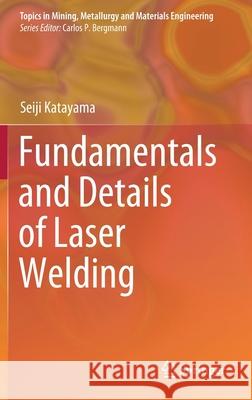Fundamentals and Details of Laser Welding » książka
topmenu
Fundamentals and Details of Laser Welding
ISBN-13: 9789811579325 / Angielski / Twarda / 2020 / 198 str.
Fundamentals and Details of Laser Welding
ISBN-13: 9789811579325 / Angielski / Twarda / 2020 / 198 str.
cena 684,33
(netto: 651,74 VAT: 5%)
Najniższa cena z 30 dni: 616,85
(netto: 651,74 VAT: 5%)
Najniższa cena z 30 dni: 616,85
Termin realizacji zamówienia:
ok. 22 dni roboczych.
ok. 22 dni roboczych.
Darmowa dostawa!
Kategorie:
Kategorie BISAC:
Wydawca:
Springer
Seria wydawnicza:
Język:
Angielski
ISBN-13:
9789811579325
Rok wydania:
2020
Wydanie:
2020
Numer serii:
000467392
Ilość stron:
198
Waga:
0.47 kg
Wymiary:
23.39 x 15.6 x 1.27
Oprawa:
Twarda
Wolumenów:
01
Dodatkowe informacje:
Wydanie ilustrowane











